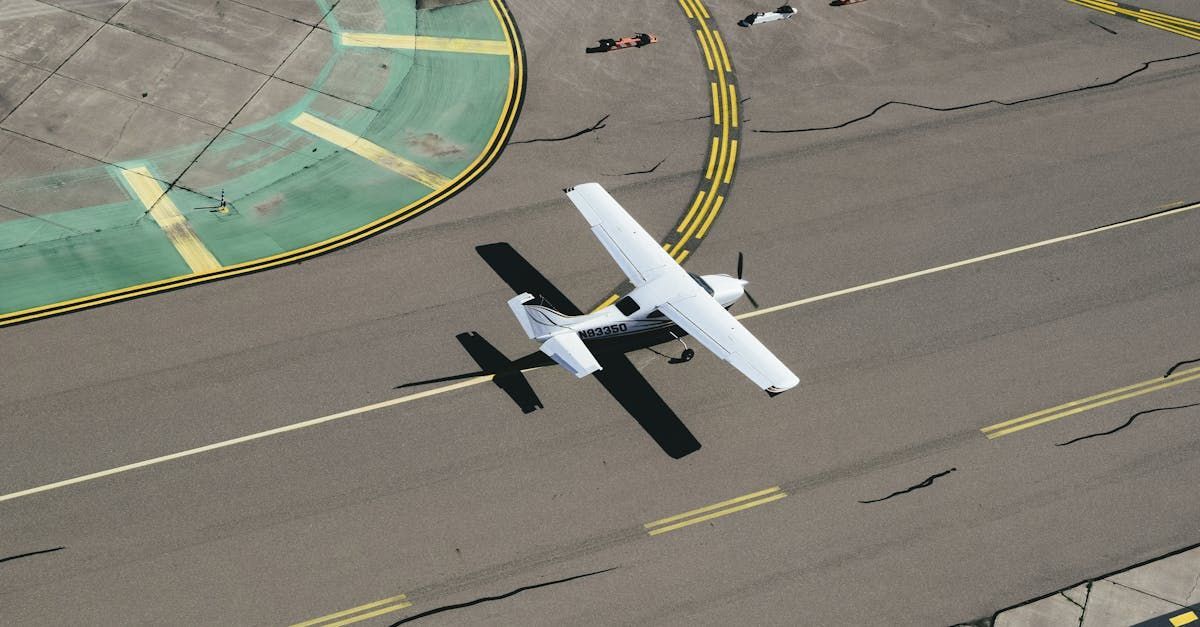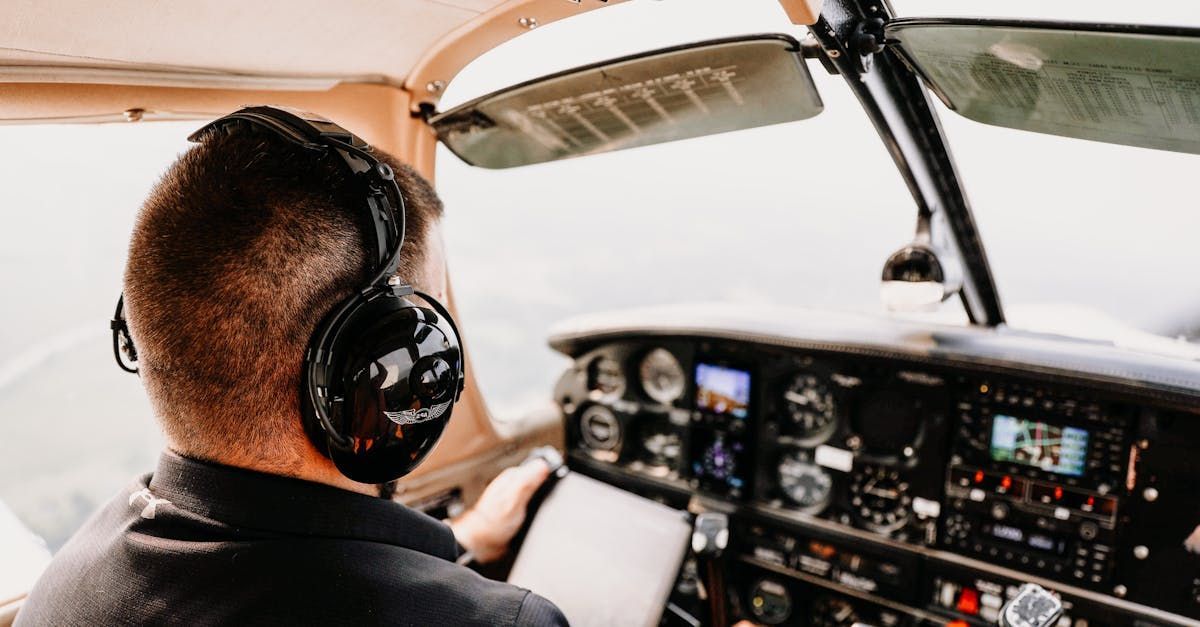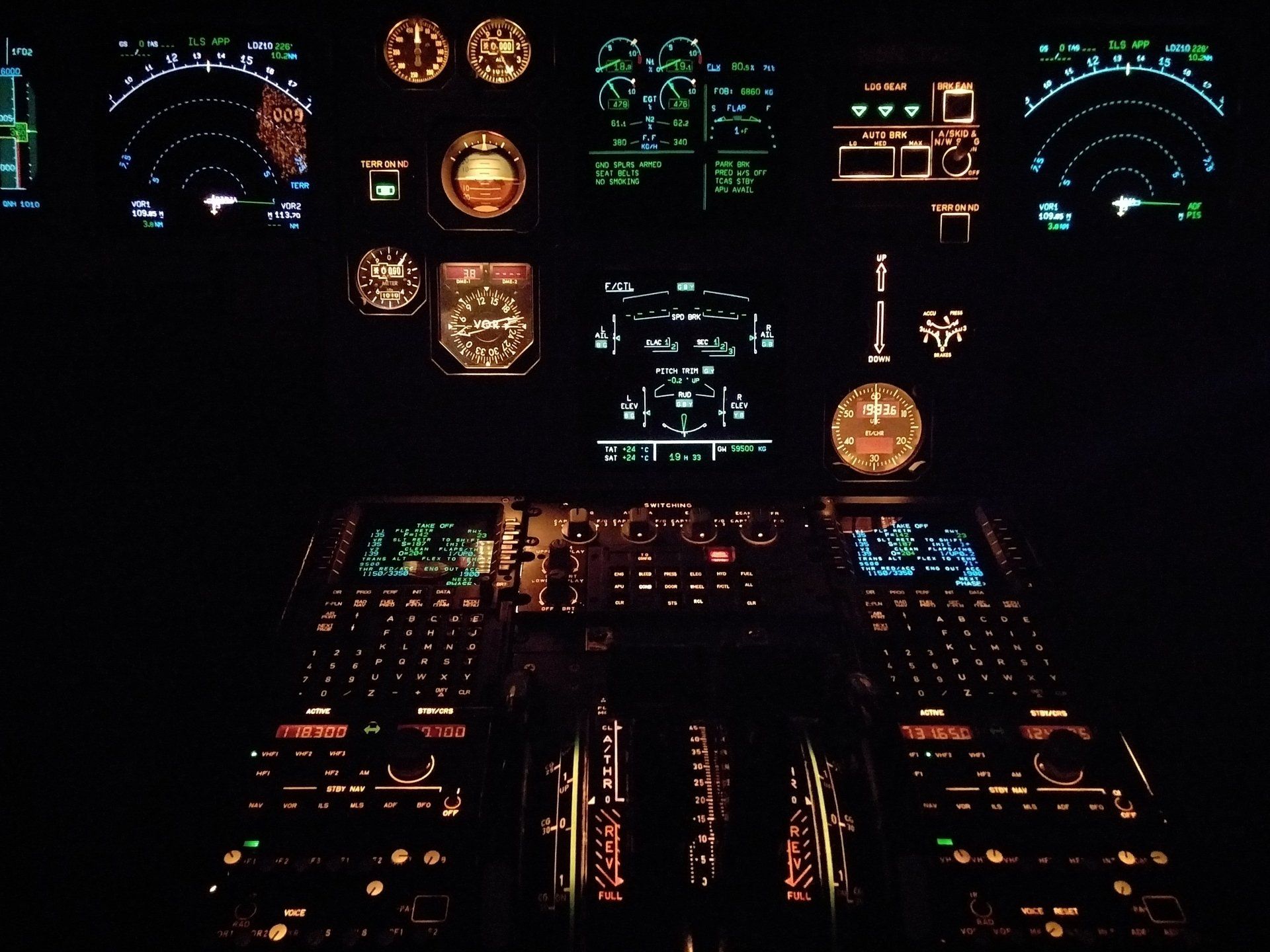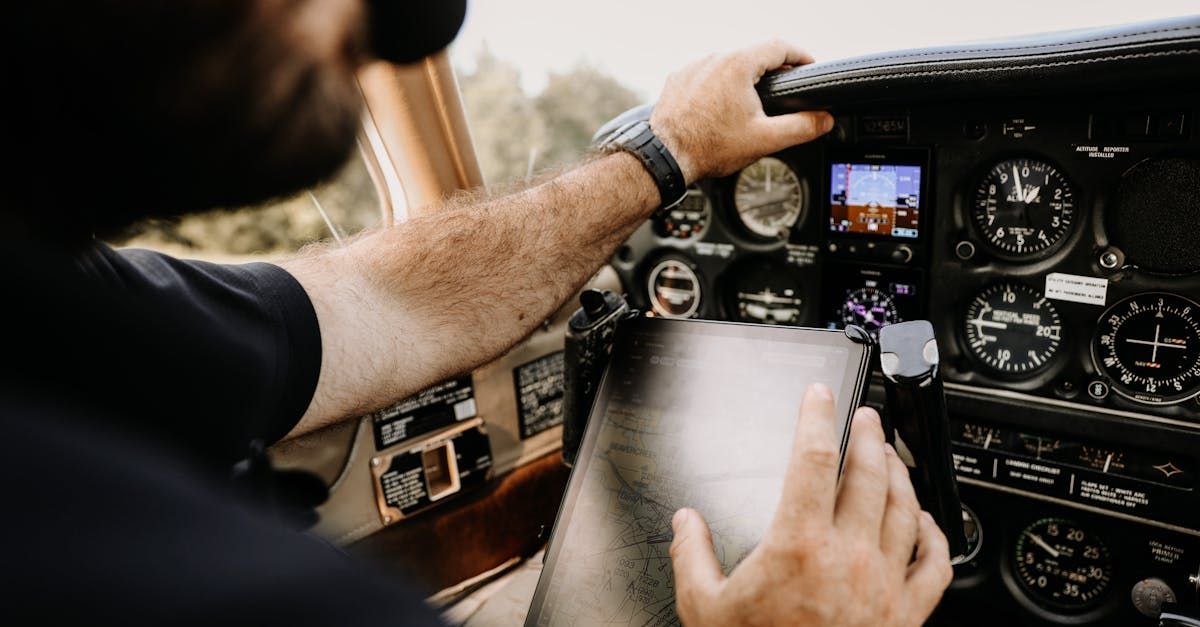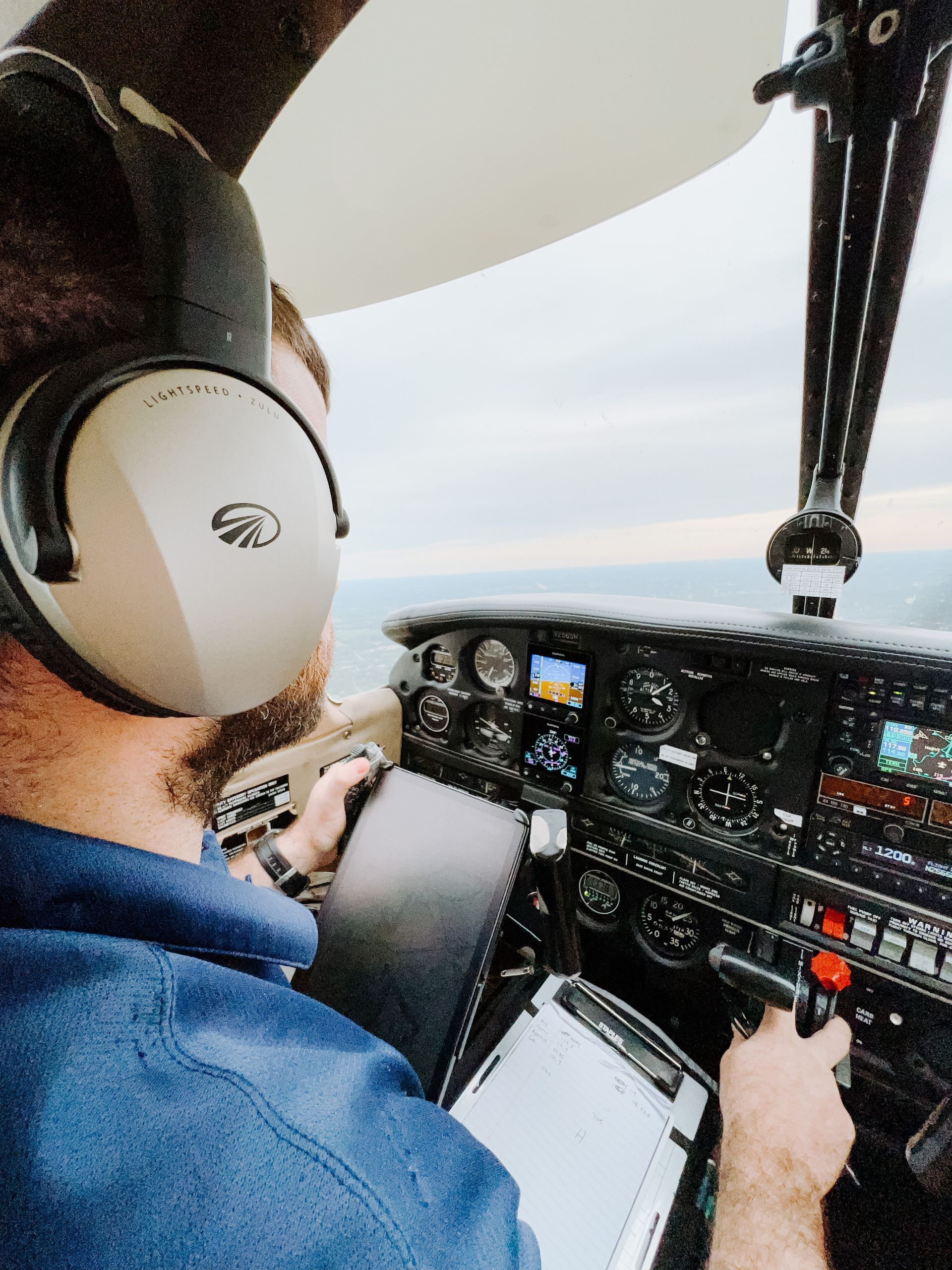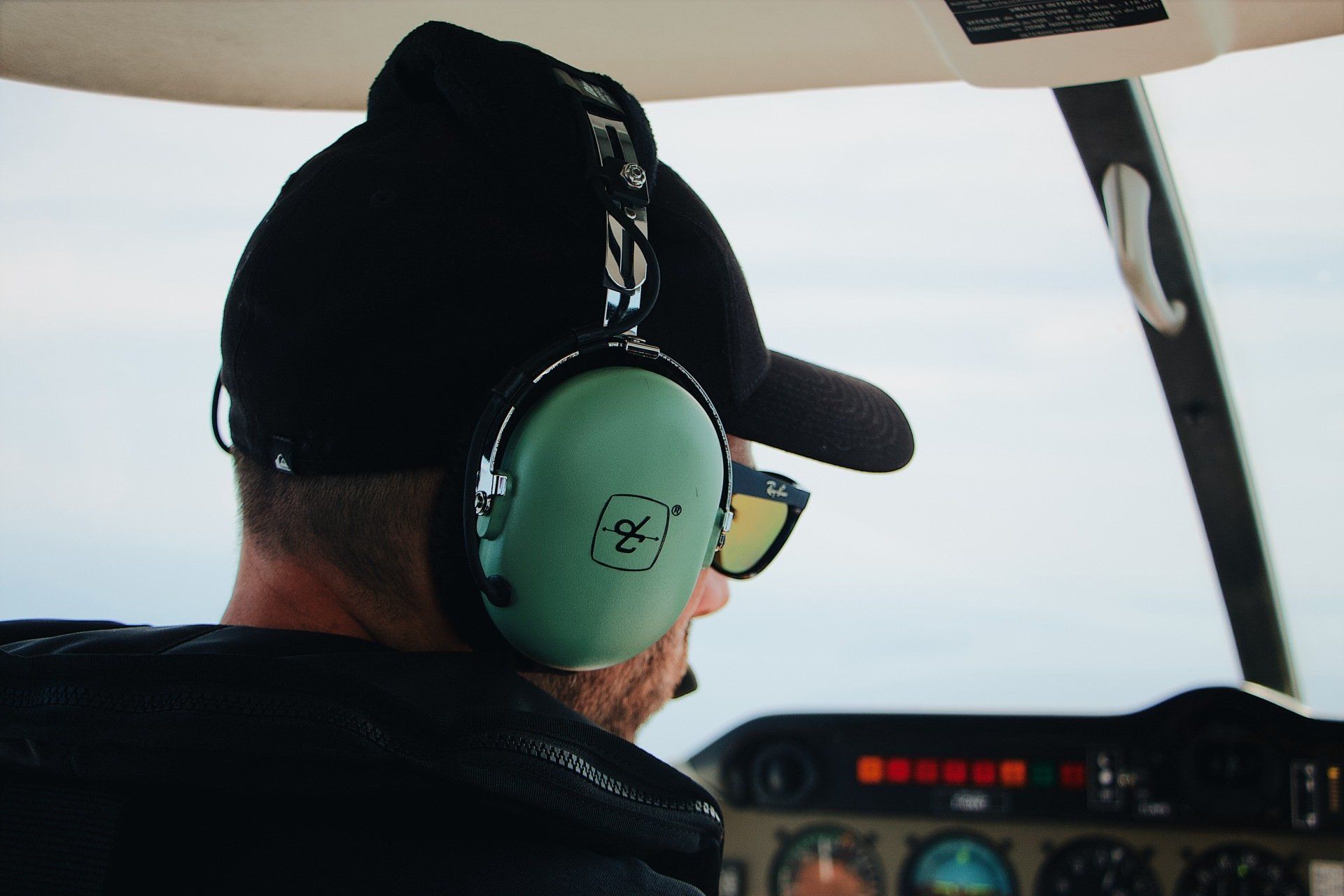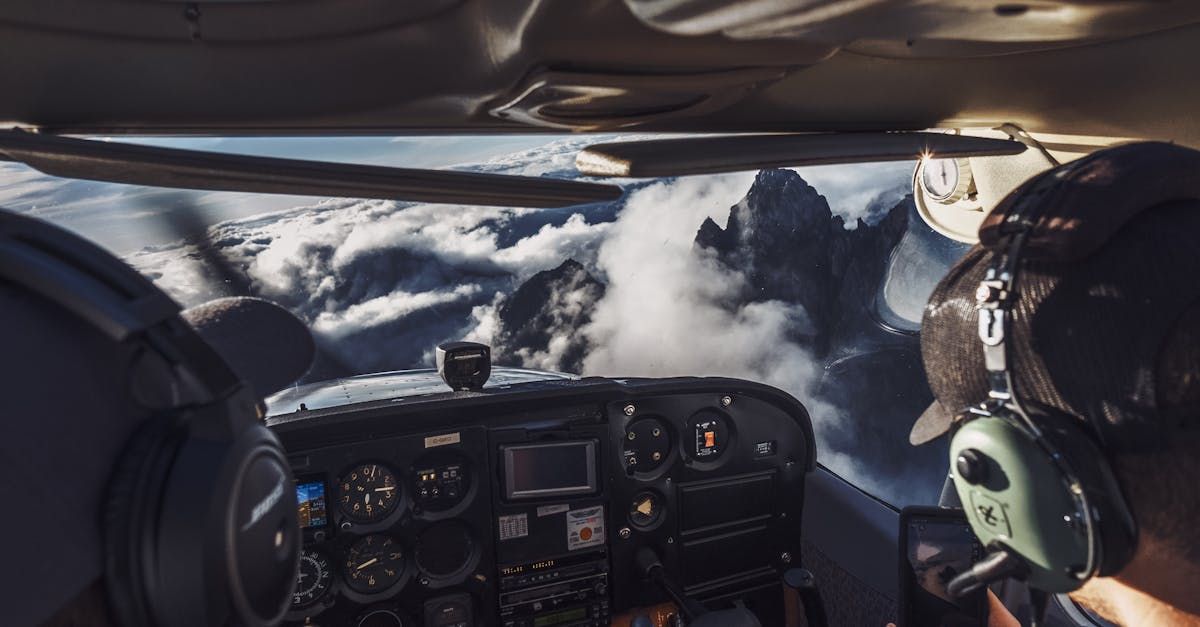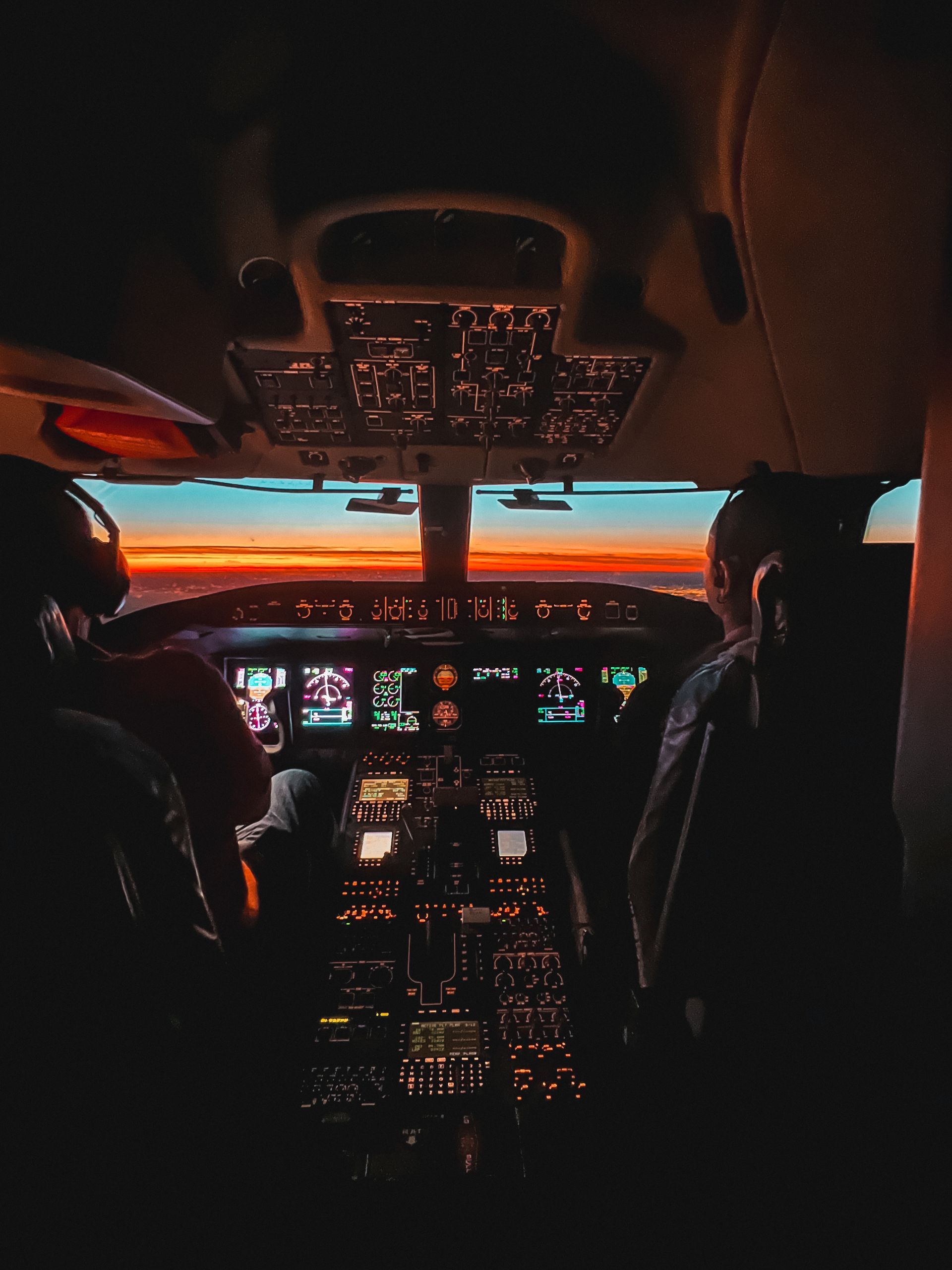Permission to Buzz the Bridge
Hawker Hunter Tower Bridge Incident
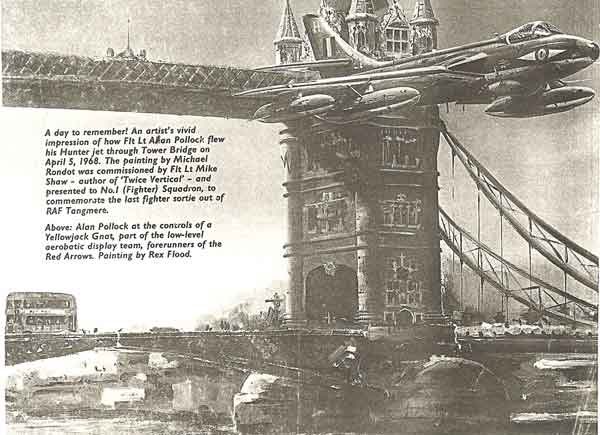
It seems there is a trend in pilots wanting to fly over, under or past monumental structures, in continuation from our post on the arc de triumph, 50 years later a similar stunt was executed.
Taking place in London 1968 the British Defence was planning a shift from manned aircraft towards guided missiles. Once again, this decision by officials was not supported by the fighter pilots as not only did this come with less placements but also a proposed pay cut. On top of this growing discontent between the pilots there was no plan on the books for aerial displays to mark the RAFs 50th anniversary.
Flight Lieutenant Alan Pollock on his own initiative decided to mark the RAF anniversary with an unauthorised display taking a Hawker Hunter for a beat up at the aircraft home airfield Dunsfold Aerodrome. The flight continued with a trip over London at low level and finished by flying under the top span of the Tower Bridge.
After the stunt of flying under the bridge, the lieutenant was very aware that this would be his last opportunity to fly such an aircraft, so he proceeded to visit several airfields on return low level. This assessment of him being stripped of his flying status was true but not without a fight from six members of parliament speaking on his behalf and the British Overseas Airways Corporation sending him a keg of beer in support.
DDAC Instructors


